Analysis of Bias Based on the Derman-Sparks’ Model
All the Colors We Are: The Story of How We Get Our Skin Color
Bias in Illustrations
A review of this book reveals minimal stereotypes in its illustrations. The author has attempted to reduce the oversimplified generalization of different races and ethnicities that may have inaccurate and derogatory messages. Rather, she uses illustrations that tell the children that every person is beautiful regardless of skin color (Kissinger, 2016). Noteworthy, the book depicts characters compassionately as actual humans throughout the storyline. The different pictures used in the book depict all types of people with distinctive features. In the same manner, Kissinger (2016) avoids tokenism in that all the pictures in the book present people with different skin colors in an equal measure and frequency to avoid making the children think that those appearing frequently are more important than others in society.
First published in 1997, this children’s book seeks to educate the audience about skin color and the reason why people have differences in regard to this aspect. Kissinger (2016) uses a scientifically accurate, straightforward, and child-friendly approach to teach young people about the concept of skin color. The idea is to encourage the children to think imaginatively and unselfconsciously about their different skin colors and others. The book tells the children to appreciate their skin colors and those of others as beautiful after teaching them that the only things that determine skin color are exposure to the sun, melanin, and genetic inheritance. The book has photographs to capture varieties of human skin colors. In this way, the author seeks to free young people from the stereotypes and myths associated with skin color and racism.
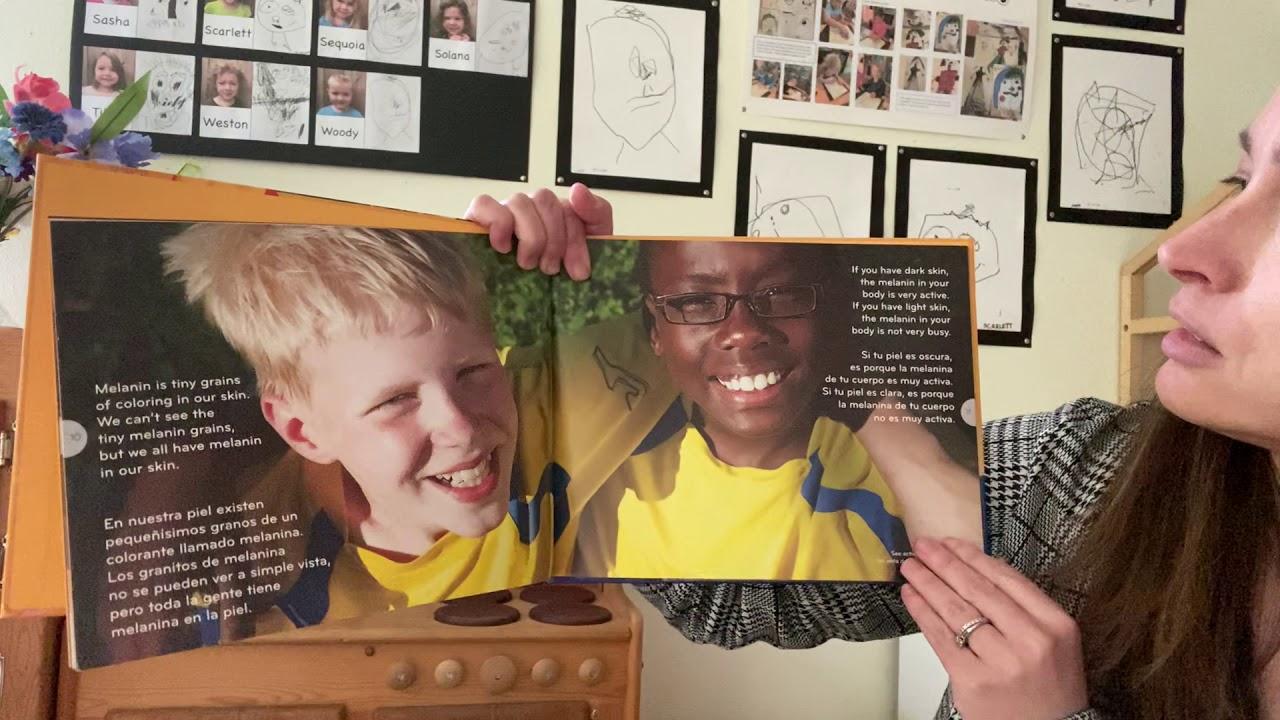
Storyline and Relationships Between People
The central figures in the storyline are people from different racial and ethnic backgrounds. Indeed, Kissinger (2016) avoids making some characters more important than others. In addition, both male and female characters with different skin colors are presented. However, the book does not clearly present people from different social backgrounds, such as the poor, rural dwellers, and others. Furthermore, the book avoids showing people with different social roles, such as leaders and others. Instead, the author focuses on the concept of skin color in people, regardless of their social backgrounds.
Messages About Different Lifestyles
In this book, Kissinger clearly depicts people of all colors in their modest appearance to avoid making the children develop the view that people of color relate to low-class lifestyles. Kissinger’s (2016) book is highly recommended because it lacks negative messages about different lifestyles. For example, negative value judgments about different ways of life are absent. In addition, the images that the book develops are beyond oversimplification and offer real insights into the lives of the characters.
And Tango Makes Three
Bias in Illustrations
The illustrations in the book clearly try to avoid stereotypes, tokenism, and invisibility often associated with LGBT people in society. For instance, there has been a long history of depicting LGBTQ people as invisible, sexual predators, and abnormal beings (Derman-Sparks & Edwards, 2010). However, this book’s illustrations attempt to use the example of animals to demonstrate that people in this group are normal but choose same-sex partners purely based on love for them.
In an attempt to avoid tokenism, the book uses the animal example to demonstrate that every person, regardless of sexual orientation, is normal and important. The authors depict penguins with uniform features apart from sex in a zoo and avoid presenting only one of any group (Derman-Sparks & Edwards, 2010). The idea is to teach children about the importance of every person in a group of people or society. Also, transgender and LGBTQ people are wrongly thought to be invisible in many books, but this book tries to avoid this type of bias.
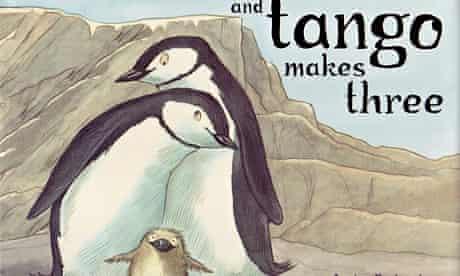
Storyline and Relationships Between People
This book is based on the true story of two chinstrap penguins living in the Central Park Zoo in New York. The animals, named Silo and Roy, were both males but formed a strong pair bond during the mating period. In a rather unusual manner, the two males paired with each other and created a family together. Grammarly, a zookeeper, successfully gave the two animals an egg to hatch to produce a female chick named Tango (Parnell & Richardson, 2005). The resulting family is that of two male partners and an adopted child, which reflects the concept of same-sex marriage in society. However, the book has been banned on several occasions due to its presentation of sexuality to children.
This book’s storyline attempts to demonstrate that LGBTQ people are normal and not in need of any form of help. It shows that the people in this social group do not present any problems to other people (Parnell & Richardson, 2005). In fact, the two penguins live in peace with the other animals as well as their child, Tango. One cannot note that they are both males raising a young female chick because all that joins them is love for each other.
Sweetest Kulu
Bias in Illustrations
The theme of his book is the need for love and respect for nature in communities. Kulu, a term that means endearment in Inuktitut, is used as a name of an infant Inuit girl. The narrator is Kulu’s mother and speaks in a poem to all the animals of the Arctic, the sun, wind, and land. Animals like the Arctic hare, Narwhal, Beluga, Polar Bear, and others bring infant gifts as a welcome to the world (Kalluk, 2014). She grows up among people and animals living together in the Arctic, which depicts the love and respect for nature among the Inuit people.
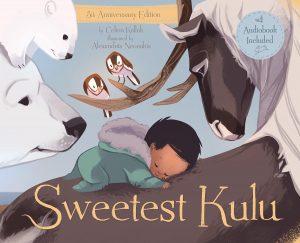
Storyline and Relationships Between People
In addition, the book teaches young children about the importance of traditions among the minority Native Americans. The author attempts to teach the young readers that the natives and their old traditions and cultures are normal, equal, and important in their society (Kalluk, 2014). In this case, the author’s idea is to inform the young people that traditions and cultures are intertwined with nature and that all that should matter is love and respect for each other.
Messages About Different Lifestyles
The different animals and people live together in harmony in their natural habitats across the Arctic. Some animals live in water and spend their time swimming, while others live on land near the mountains and the plains (Kalluk, 2014). However, they all respect each other’s lifestyles. There is no discrimination or stereotyping among the animals and the people living with them. Therefore, this book seeks to teach young people the importance of respecting others regardless of their lifestyles, backgrounds, color, and so on.
Last Stop on Market Street
Bias in Illustrations
In this book, the author wants to teach children about the need to stop stereotyping people. The author avoids tokenism, stereotyping, and invisibility. People of different backgrounds are depicted in the story, and none is portrayed as having more importance than others. At the end of the story, CJ has developed adequate awareness of the differences among people in the society and finally embraces substantive diversity (De la Pena, 2015). He develops a feeling of acceptance for every person in society, regardless of color, race, gender, economic and social background, and physical abilities.
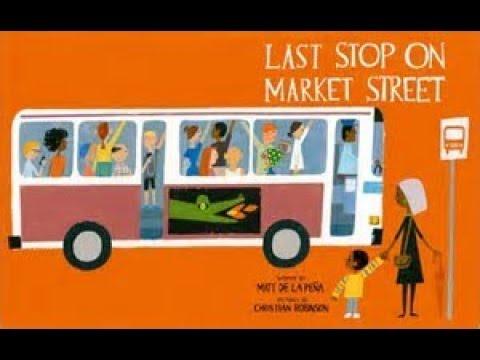
Storyline and Relationships Between People
The author uses CJ to teach young people that society is beautiful because of the diversity in people’s backgrounds. CJ is a young African-American boy who accompanies his grandmother, nicknamed Nana, from church to a soup kitchen during a rainstorm (De la Pena, 2015). During the trip, they use a bus and then walk along the street, where the boy witnesses the differences in lifestyles, color, abilities, economic backgrounds, gender, and others. Everybody in the street matters, regardless of their lifestyle. CJ realizes that people of different colors and other aspects can have different lifestyles and that no economic status is associated with any racial or ethnic group.
Keep Climbing, Girls
Bias in Illustrations
First published in the 950s, the book presents a narrative in the form of a poem as the author tries to teach young children about acceptance, independence, and self-expression, and self-esteem. During the period, girls who portrayed ambitions were often called tomboys, a derogatory moniker that made many girls avoid taking certain games, sports, and careers. The main character is used to show the children that they are all equal, whether male or female (Richards, 2019). The author apparently wanted to avoid stereotypical views of girls and women, depicting girls as invisible in society and tokenism associated with women.
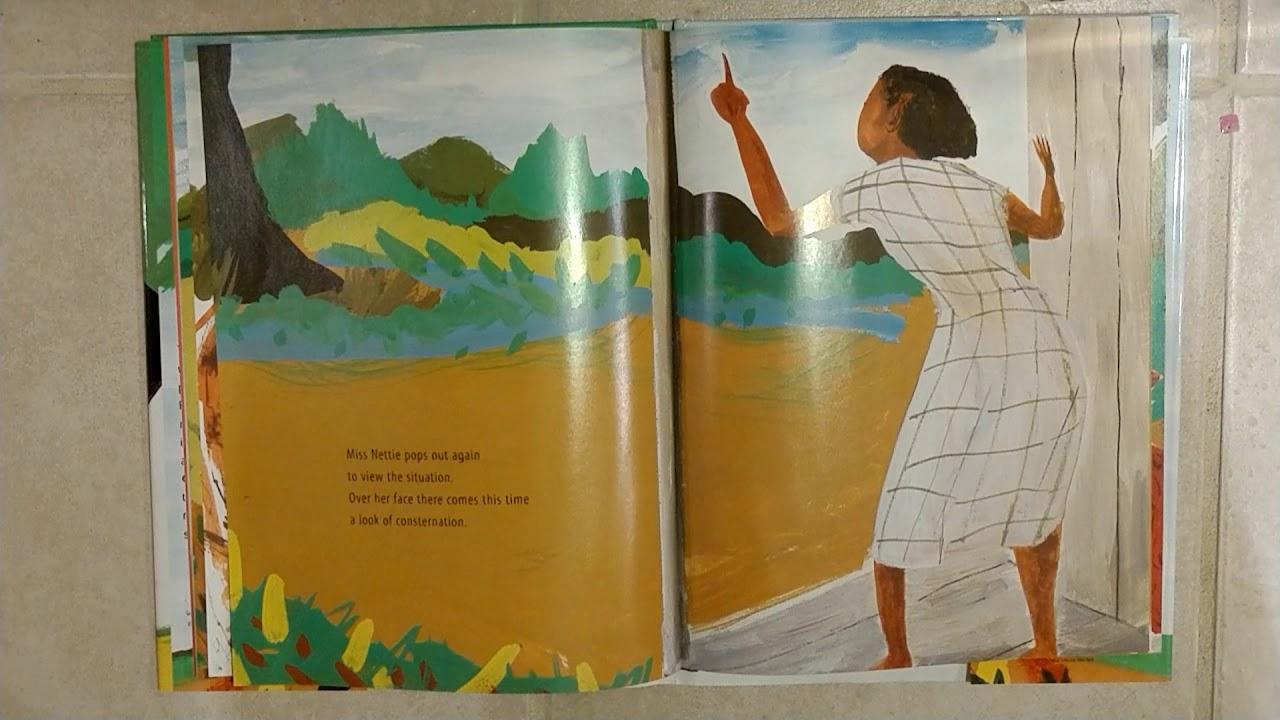
References
De la Pena, M. (2015). Last stop on Market Street. Penguin Books.
Derman-Sparks, L., & Edwards, J. O. (2010). Anti-bias education for young children and ourselves. National Association for the Education of Young Children.
Kalluk, C. (2014). Sweetest Kulu. BC Libraries Cooperative.
Kissinger, K. (2016). All the colors we are The story of how we get our skin color. Redleaf Press.
Parnell, P., & Richardson, J. (2005). And tango makes three. Simon & Schuster Children’s Publishing.
Richards, B. E. (2019). Keep climbing, girls. Simon & Schuster Publishers.